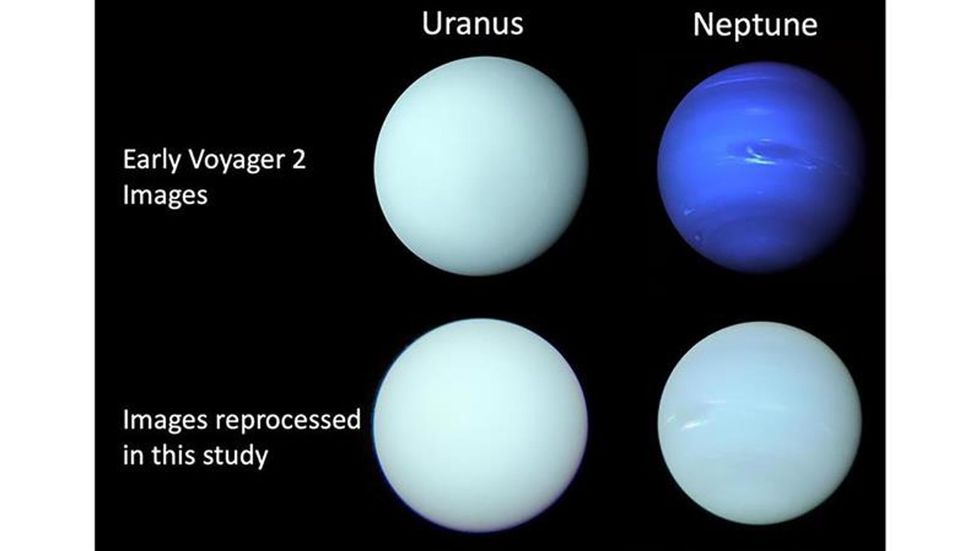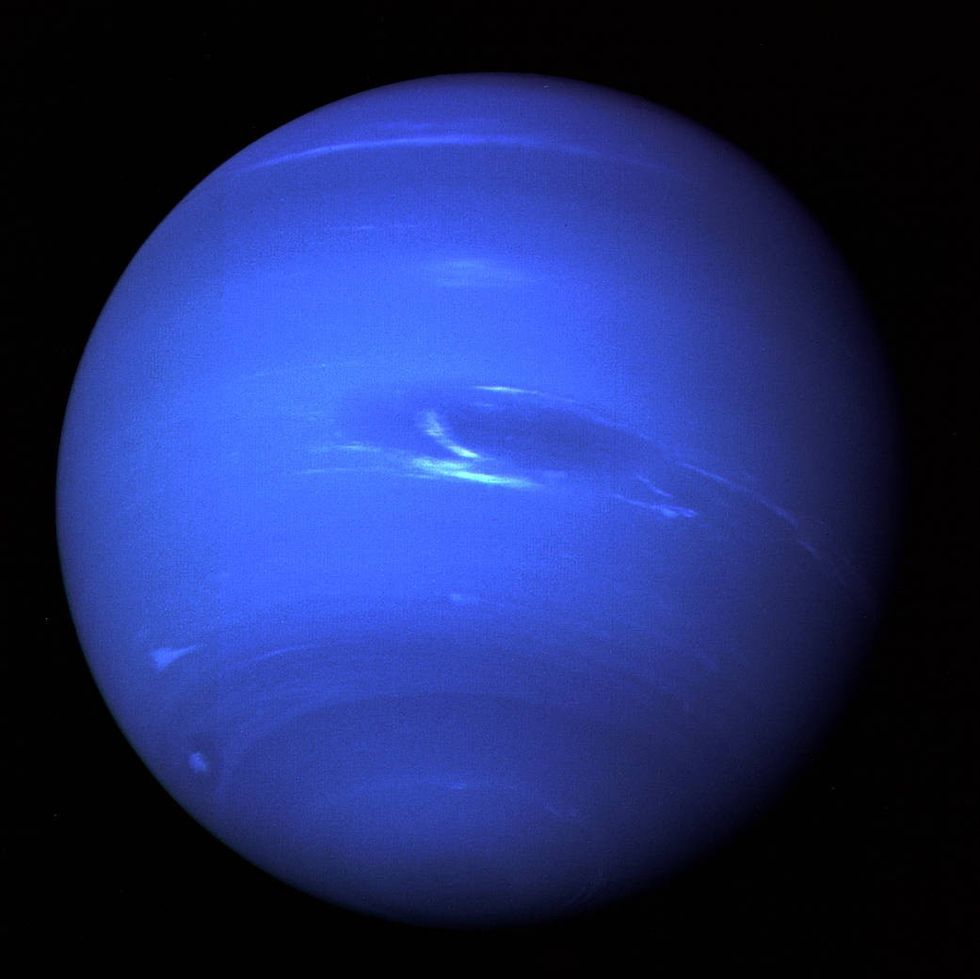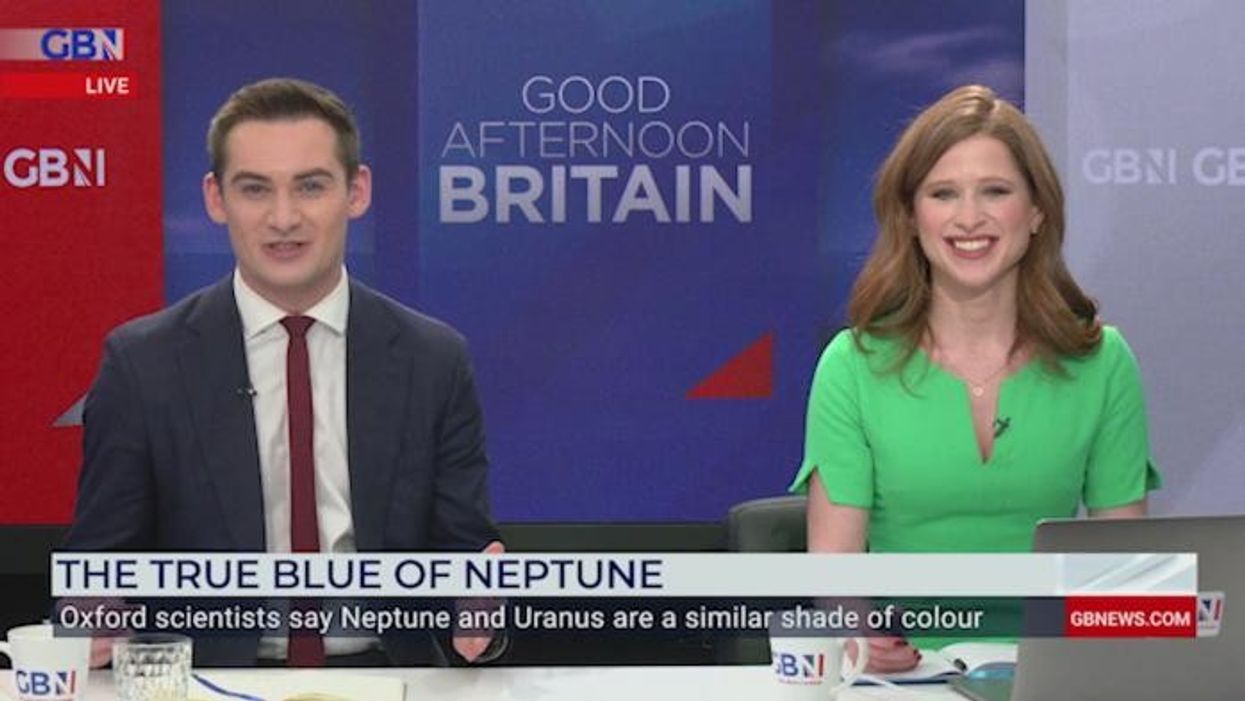Nasa images of Neptune leave scientists stunned after 'lost' truth uncovered

One scientist said the new study should 'finally put both issues to rest'
Don't Miss
Most Read
Scientists have been left stunned after a new study revealed new truths about two of the Solar System's most distant planets.
New images have revealed that Neptune and Uranus look more alike than was previously thought.
It was originally thought that Neptune as being a rich blue colour, and Uranus more green.
However, research led by Professor Patrick Irwin from the University of Oxford found that the two ice giants, the most distant planets in our solar system, are a similar shade of greenish blue.

The two differences in imagery
|University of Oxford
The misconception that the two planets were differently coloured because of images of them captured in the 20th century. These recorded images in separate colours with single-colour images were later recombined to create composite colour images.
Now, scientists say these composites, some of which were taken by the Voyager 2 programme, were often made too blue, particularly for Neptune.
Prof Irwin said: "Although the familiar Voyager 2 images of Uranus were published in a form closer to 'true' colour, those of Neptune were, in fact, stretched and enhanced, and therefore made artificially too blue.
"Even though the artificially saturated colour was known at the time amongst planetary scientists - and the images were released with captions explaining it - that distinction had become lost over time."
LATEST DEVELOPMENTS:

Scientists previously thought Neptune was more blue
| NASAThe study also provides an answer to the long-standing mystery of why Uranus's colour changes slightly during its 84-year orbit of the sun.
According to the findings, this is because of how thick certain gases are at the planet's north and south poles, and how they appear when these poles are closest to The Sun.
Association of Universities for Research in Astronomy Dr Heidi Hammel said: "The misperception of Neptune's colour, as well as the unusual colour changes of Uranus, have bedevilled us for decades.
"This comprehensive study should finally put both issues to rest."
The researchers used the data to re-balance the composite colour images recorded by the Voyager 2 camera.
Prof Irwin added: "This is the first study to match a quantitative model to imaging data to explain why the colour of Uranus changes during its orbit."
"In this way, we have demonstrated that Uranus is greener at the solstice due to the polar regions having reduced methane abundance but also an increased thickness of brightly scattering methane ice particles."
The findings were published in Monthly Notices of the Royal Astronomical Society.











